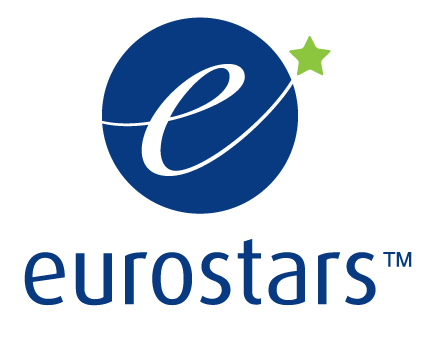Recent projects
Offshore Monitoring is actively involved in several R&D projects to develop new sensor technologies and monitoring systems for the maritime industry. This page shows a short overview of recent project examples.
E-NAV-R1 Project number 12881


The project plans to further develop a sail plan service and online training platform for the shipping industry. From real time data feeds received from meteorological, coastal, sea state, vessel and Earth Observation data archived in Copernicus, E-NAV will compute and transmit optimised sail plans to fleet managers.
EONav
The EONav project is a continuation of the SpaceNav project. The EONav technology fuses ship-specific parameters such as yaw, pitch, roll, sailing speed, GPS position, structural stress, engine parameters, drift, loading condition, wetness, etc. with real-time weather and sea state observations. Observations are acquired through several Earth observation platforms and include information about waves, winds, currents, sea ice concentration and drift. By combining observations from multiple sensors, weaknesses of one particular sensor are compensated for by the characteristics of another. The sensor suite is chosen such that the sensors’ capabilities partly overlap and complement each other. This makes EONav an all-weather, 24/7 surveillance and route plan system. All these observations, parameters and boundary conditions are integrated to generate an optimal route plan that assists the master in selecting the optimal route and speed pattern to the next port. The end-result is significantly better than if you rely your route planning on weather forecast models only.
Read more about EONav on the project website
SMARTER
The SMARTER project is a continuation of the OSLO project. The SMARTER2 project focuses on final development and commercialization of the Ladar system, which is an innovative new sensor surveillance system that can observe the ocean surface layer. The Ladar system detects, characterises, classifies and tracks various types of objects in real time, ranging from humans to ice floes, floating debris and oil spills. Due to its unique characteristics, the ladar system is suitable for a wide variety of applications related to maritime security and safety, offshore operations, fishery, environmental monitoring, dredging and offshore wind farms.
Read more about the Ladar system on this website
SPLASH
The SPLASH project focuses on further development of the SpaceNav system technology. This is an innovative sail planning service for energy efficient shipping. This system will contain an integrated fuel consumption module (FCM) that will enable service users to monitor fuel use, estimate berth to berth times and use earth observation (EO) data to plan shipping routes, with consideration for real time weather updates.
Read more about the technology on the Offshore Navigation Ltd website
SOS
The SOS technology provides a complete system to detect instantaneously any person falling overboard from a ship or any other maritime platform. It complies with existing international maritime regulation. SOS helps to reduce the loss of lives at sea and also reduces the costs for associated search and rescue operations.
Read more about SOS on the project website
SpaceNav
The SpaceNav concept (space-based maritime navigation) consists of a sail plan that guides ships how to efficiently sail from one port to the next. The system contains unique observational capabilities and computational models based on spaceborne data to calculate the route for the ships to follow. This in turn results in a safer and more economical execution of maritime and offshore operations.
Read more about SpaceNav on the project website
APS-NET
APS-NET is a new sensor surveillance system enabling highly accurate observations of objects surrounding the ship or offshore platform or coastal infrastructure. As an additional pair of 'eyes', APS-NET greatly improves the safety and efficiency of sea transport and coastal and offshore infrastructures.
OSLO
The OSLO project introduced the Ladar system, which is an innovative new sensor surveillance system that can observe the ocean surface layer. As a real-time monitoring system, Ladar is suitable for a wide variety of applications. The system can detect both floating objects and objects below the ocean surface and therefore reduces numerous risks in terms of safety, security and navigation.

